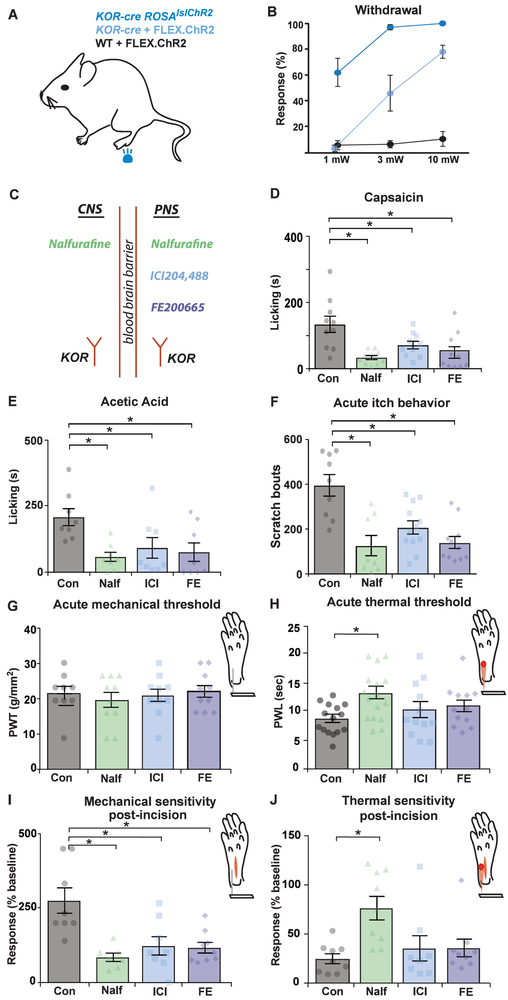Figure 9. Peripherally restricted KOR agonists inhibit chemical pain, itch, and mechanical hypersensitivity following incision.
A. Schematic of optogenetic withdrawal experimental design. Blue light (470 nm) LED stimulation was applied to the glabrous hindpaw for 1 s. Three different groups were tested; KOR-cre; ROSAlslChR2 mice, KOR-cre mice + FLEX.ChR2 (IP at P1), and the wild-type littermates (WT) + FLEX.ChR2 (IP at P1).
B. The frequency withdrawal upon optogenetic stimulation at three different LED intensities (1 mW, 3 mW, and 10 mW). Data are presented as mean ± SEM (n = 4 – 6 mice/group with 10 stimulus presentations per mouse).
C. Schematic diagram illustrating KOR agonists used in behavioral assays in D - J. Nalfurafine acts both centrally and peripherally, whereas ICI204,488 and FE200665 are peripherally restricted KOR agonists. Nalfurafine (Nalf; 20 μg/kg), ICI204,448 (ICI; 10 mg/kg), and FE200665 (FE; 12 mg/kg) were given IP 15 minutes prior to behavioral testing. All data are presented as mean ± SEM and colored symbols represent data points from individual animals.
D. Capsaicin-induced licking behavior (20 μL, intraplantar, 1.5%) was significantly reduced by Nalf, ICI, or FE (One-way ANOVA with Dunnett’s multiple comparison’s test, p < 0.001; n = 10 mice/group).
E. Acetic acid-induced licking behavior (20 μL intraplantar, 0.6%) was significantly reduced by Nalf, ICI, or FE (One-way ANOVA, Dunnett’s multiple comparison’s test, p < 0.05; n = 10 mice/group).
F. Chloroquine-induced scratching behavior (20 μL intradermal, 200 μg) was significantly reduced by Nalf, ICI, or FE (One-way ANOVA with Dunnett’s multiple comparison’s test, p < 0.001; n = 8 – 12 mice/group).
G. Paw withdrawal threshold (PWT) as measured by the von Frey test was not significantly changed by Nalf, ICI, or FE (One-way ANOVA, p = 0.8; n = 9 – 10 mice/group).
H. Nalfurafine significantly increased paw withdrawal latency (PWL) as measured by the Hargreaves’ test, but ICI and FE had no effect on PWL (One-way ANOVA with Dunnett’s multiple comparison’s test (* p < 0.05; n = 12 – 16 mice/group).
I. Mechanical hypersensitivity, measured 2 hours after an incision of the hindpaw, was significantly reduced by Nalf, ICI, or FE (One-way ANOVA, Dunnett’s multiple comparison’s test, p < 0.001; n = 7 – 9 mice/group). Mechanical sensitivity was recorded as the number of withdrawal responses (out of 10) to a single von Frey fiber (vF # 3.61, 0.4g) applied to the plantar surface of the paw adjacent to the incision. Data are normalized to a baseline measure recorded 24 hours prior to the incision.
J. Thermal hypersensitivity, measured 2 hours after an incision of the hindpaw, was significantly reduced by Nalf (One-way ANOVA with Dunnett’s multiple comparison’s test, *, p < 0.01), whereas ICI or FE had no significant effect (p > 0.05; n = 8 – 9 mice/group). Data are normalized to a baseline measure recorded 24 hours prior to the incision.

